
Green PygmyGoose eBird
Description: The Green Pygmy Goose has a unique pattern of black and white lined feathers on most of its body. Its back is a deep green colour. The Pygmy Goose has a brown head and a short, strong bill, which it uses as a weapon. Diet: The Green Pygmy Goose is a herbivore and eats aquatic plants, seeds, fruit and leaves. In the wild: These birds almost never come ashore.
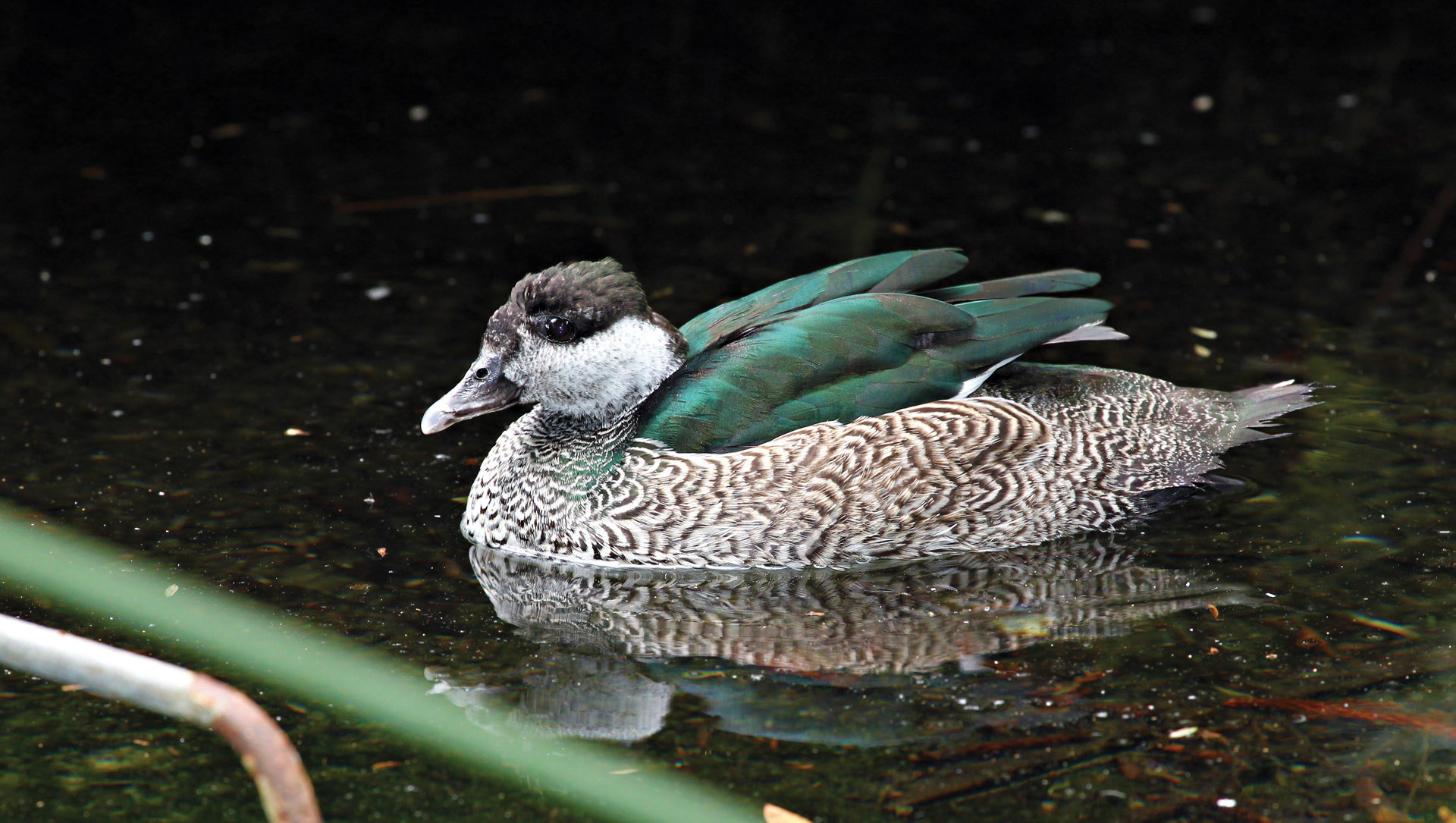
Green Pygmy Goose Perth Zoo
The green pygmy goose is a small perching duck which breeds in southern New Guinea and northern Australia.

Green PygmyGoose eBird
Like the African pygmy goose, the Green pygmy goose is one of the smallest species of wildfowl ( Anseriformes ). The species is native to Australia, Indonesia, Papua New Guinea and Timor-Leste. It is rarely kept in avicultural collections and only a few people had succesful breeding results in recent years.

Green PygmyGoose eBird
Green Pygmy-Goose: English (Kenya) Green Pygmy Goose: English (South Africa) Green Pygmy Goose: English (United States) Green Pygmy-Goose: Finnish: australiankääpiösorsa: French: Anserelle élégante: French (France) Anserelle élégante: German: Smaragdzwergente: Indonesian: Trutu cokelat: Japanese:

Green PygmyGoose pulchellus)
The green pygmy goose ( Nettapus pulchellus) is a small perching duck which breeds in southern New Guinea and northern Australia. [2] Taxonomy First described in 1842 by the ornithologist John Gould, its specific name is derived from diminutive of the Latin adjective pulcher "pretty". [3]
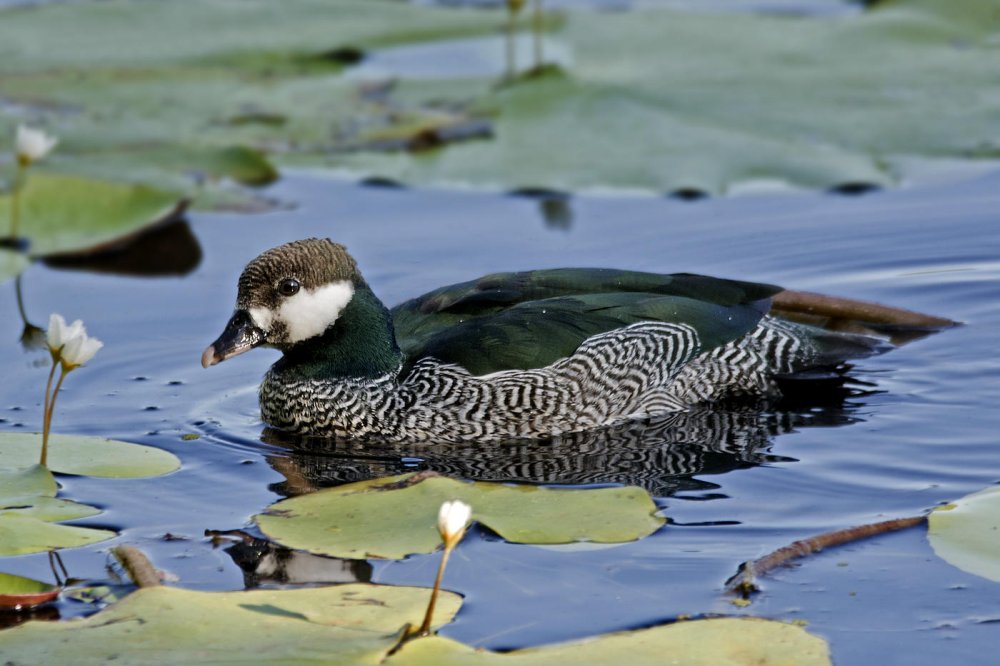
Fotografía Gansito australiano (Green Pygmygoose) de Salvador Solé Soriano
The Green Pygmy Goose ( Nettapus pulchellus) is a small perching duck from northern Australia and Papua New Guinea. It is more closely related to ducks than to geese because it has the feet and body of a duck and the beak of a goose. The Green Pygmy Goose has black and white scallop-lined feathers on its body.
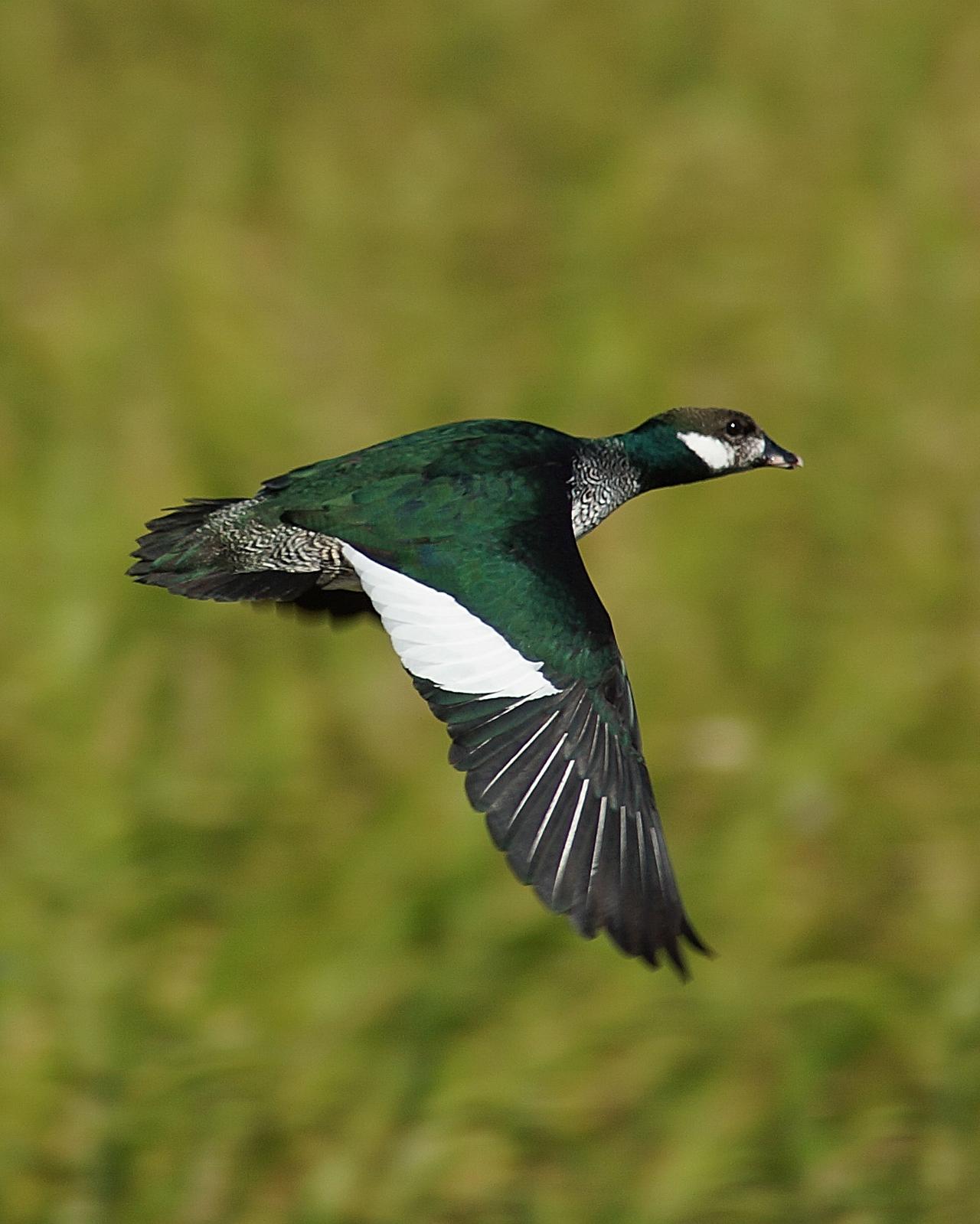
BirdsEye Photography Review Photos
Billy's mate, Hannah, with one of the Gumdrops at the National Zoo. Source: Smithsonian Institution Archives Billy was also popular because, at the time, pygmy hippos were extremely rare in the United States—he was, therefore, one of the most valuable animals the zoo ever received. Standard practice was to keep one example of an animal for display and then replace it as needed, but Billy's.

Green Pygmygoose pulchellus) male
The green pygmy goose (Nettapus pulchellus) is a small perching duck which breeds in southern New Guinea and northern Australia. Ranging from 30 to 36 cm in length, the green pygmy goose is one of the smallest species of duck. It has a 48 to 60 cm wingspan. It has a small bill and a compact form.
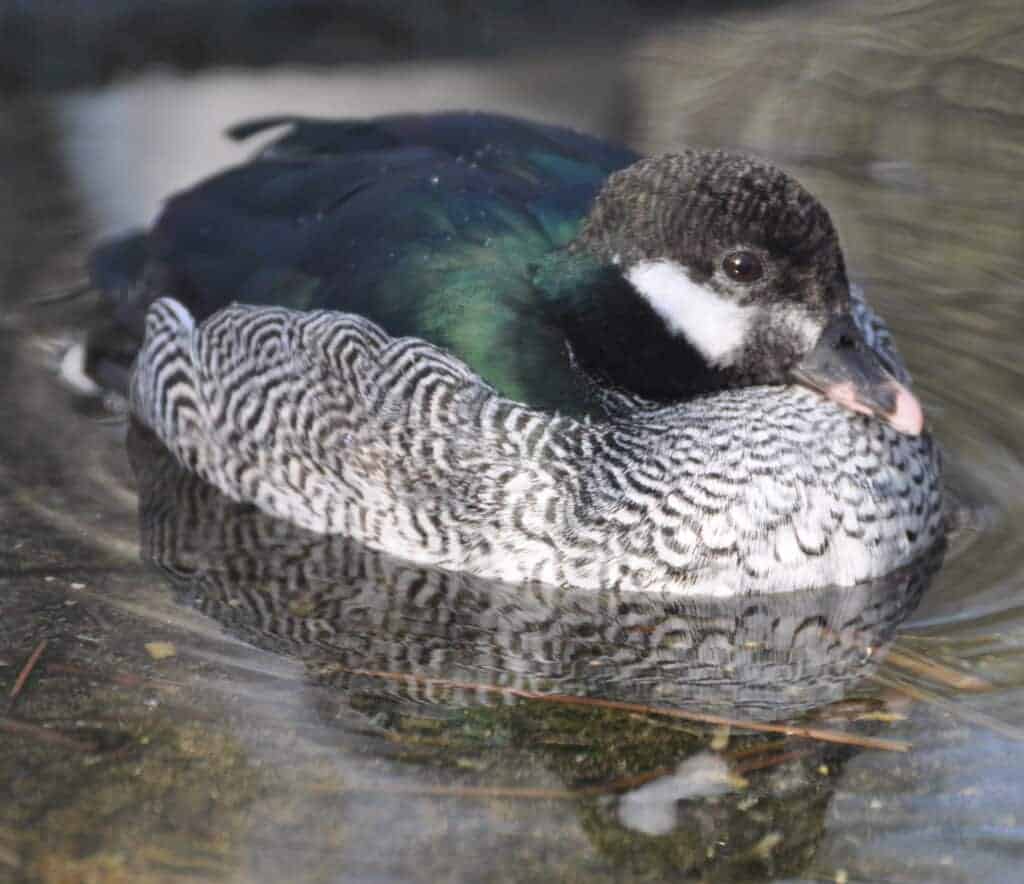
Green Pygmy Goose British Waterfowl Association
The male African pygmy goose has a white face with green ear patches and metallic green on its back, and a striking yellow beak. There are three distinct species: the green pygmy goose of Australia, the cotton pygmy goose of Asia, and the African pygmy goose. The African pygmy goose is the smallest of the three, and is the most eye-catching.
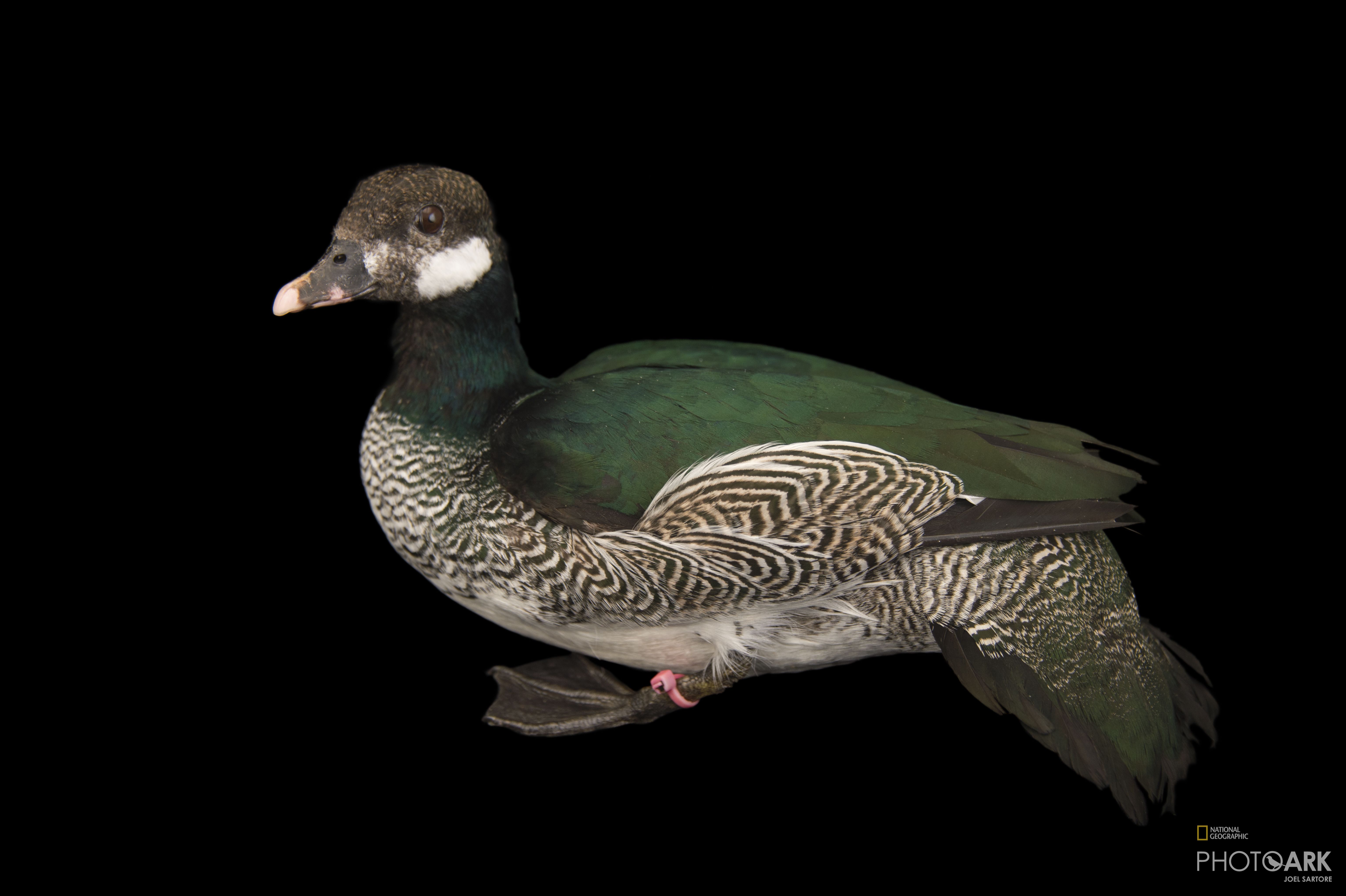
Photo Ark Home Male Green Pygmy Goose National Geographic Society
Population: 5-6 million. Increasing. Habitat: Nests on tundra; winters in wetlands and on farm fields. Snow Goose range map by ABC. Like the Snowy Owl and Snow Bunting, the Snow Goose nests at the "top of the world" on tundra, much of it above the Arctic Circle. This means that from about late March to late October, this is a wilderness bird.

Photo Ark Home Male Green Pygmy Goose National Geographic Society
Green Pygmy-Geese are small geese with a vermiculated grey and dark-green front and glossy dark-green back. The neck and cap of male Green Pygmy-Geese are also dark-green, with a white facial patch, whereas the females' plumage has less colour contrast and the neck is more mottled. The irises of both sexes are dark, the bill is mottled pink.
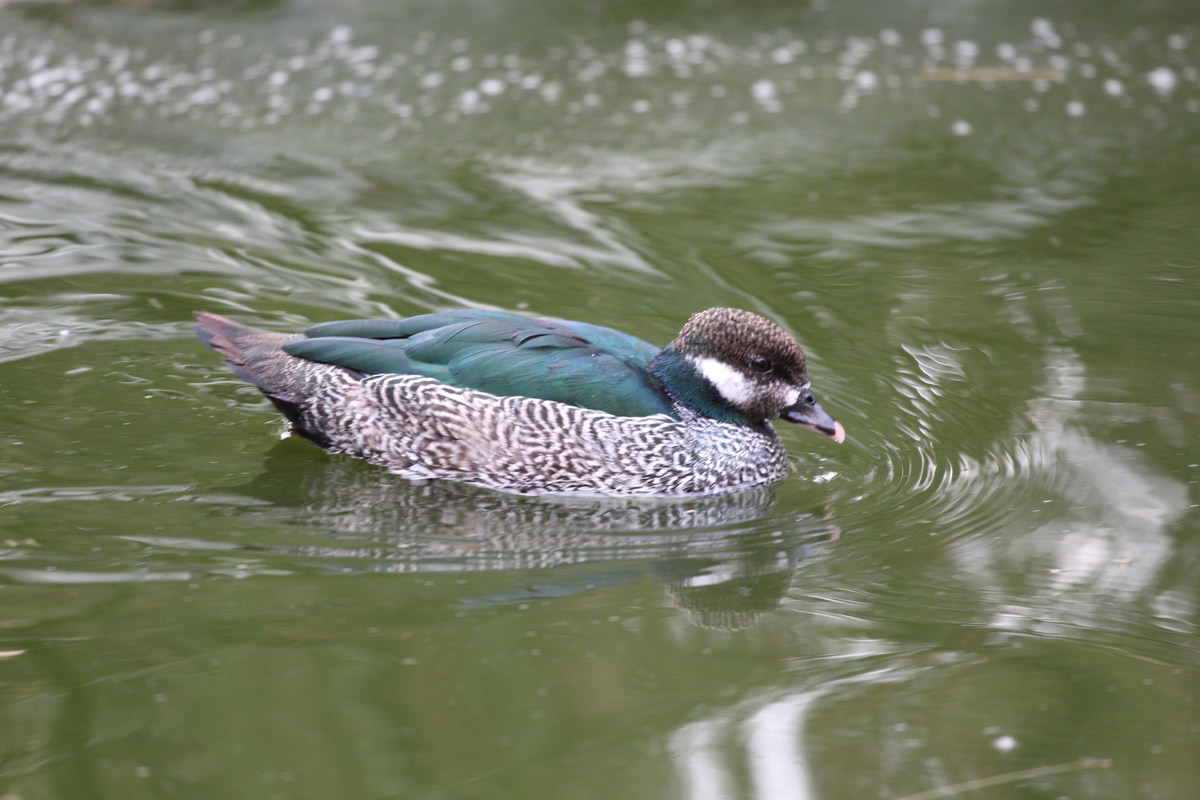
Green Pygmy Goose Perth Zoo
Red List history Species attributes Range Population Trend justification: The population highly dependant upon seeds and flowers of water lilies but is currently stable throughout most of its range. Local declines in western Australia have been attributed to destruction of aquatic vegetation by cattle (del Hoyo et al. 1994).
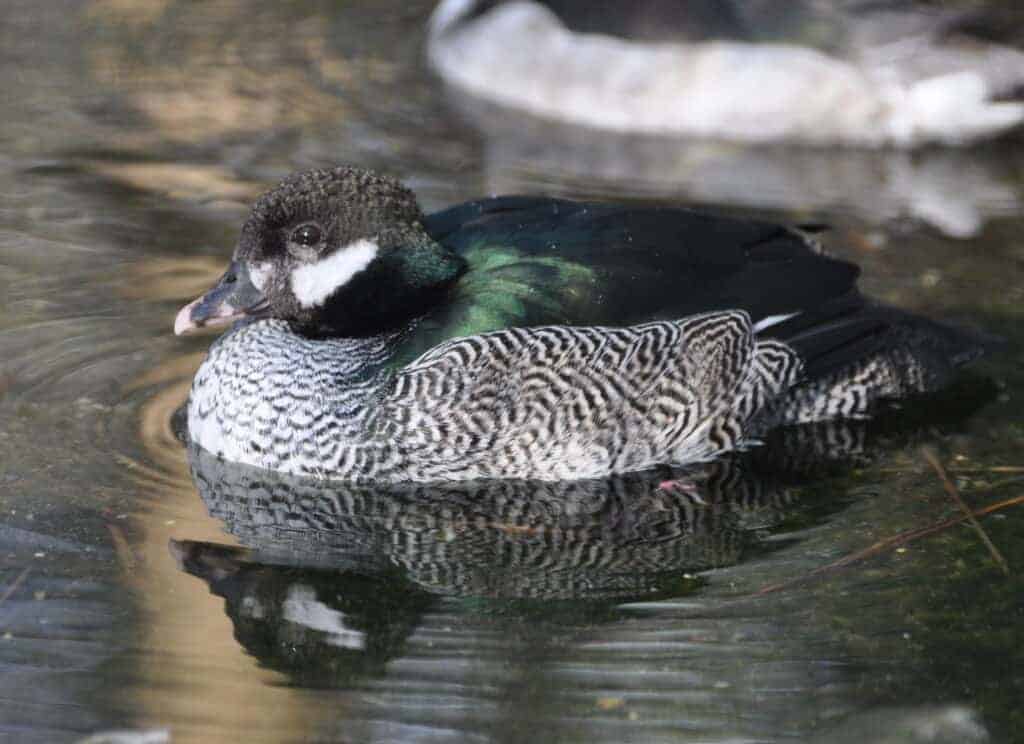
Green Pygmy Goose British Waterfowl Association
Country endemic: no Attributes Realm - Oceanic IUCN Ecosystem -- Freshwater biome IUCN Ecosystem -- Terrestrial biome IUCN Ecosystem -- Marine biome Recommended citation BirdLife International (2023) Species factsheet: Nettapus pulchellus.
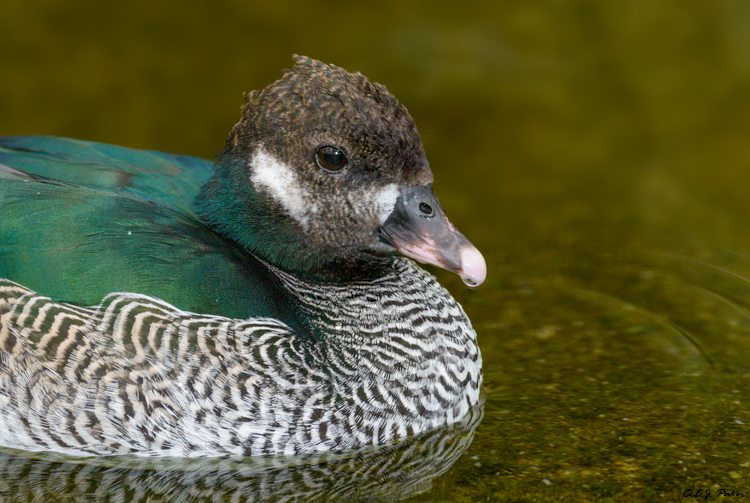
Green Pygmygoose Page
The Green Pygmy Goose is an extremely rare bird in captivity, but the wild population is not considered to be at risk. Green Pygmy Goose — Ian Gereg Nettapus pulchellus The Green Pygmy Goose has the smallest range by far of any in its genus, found exclusively in Northern Australia and southern New Guinea.
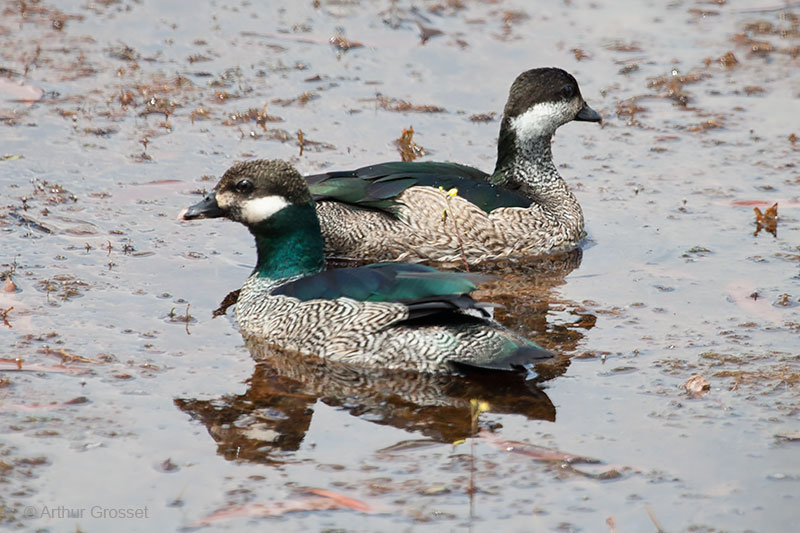
Green Pygmy Goose Nettapus pulchellus
The Green Pygmy Goose (Nettapus pulchellus) is one of the smallest perching duck species from the Anatidae family. Like the African pygmy goose and cotton pygmy goose, these ducks comprise the three bird species which make up the genus Nettpus. The Green Pygmy Goose species has a different breeding plumage and has some sexually dimorphic features.
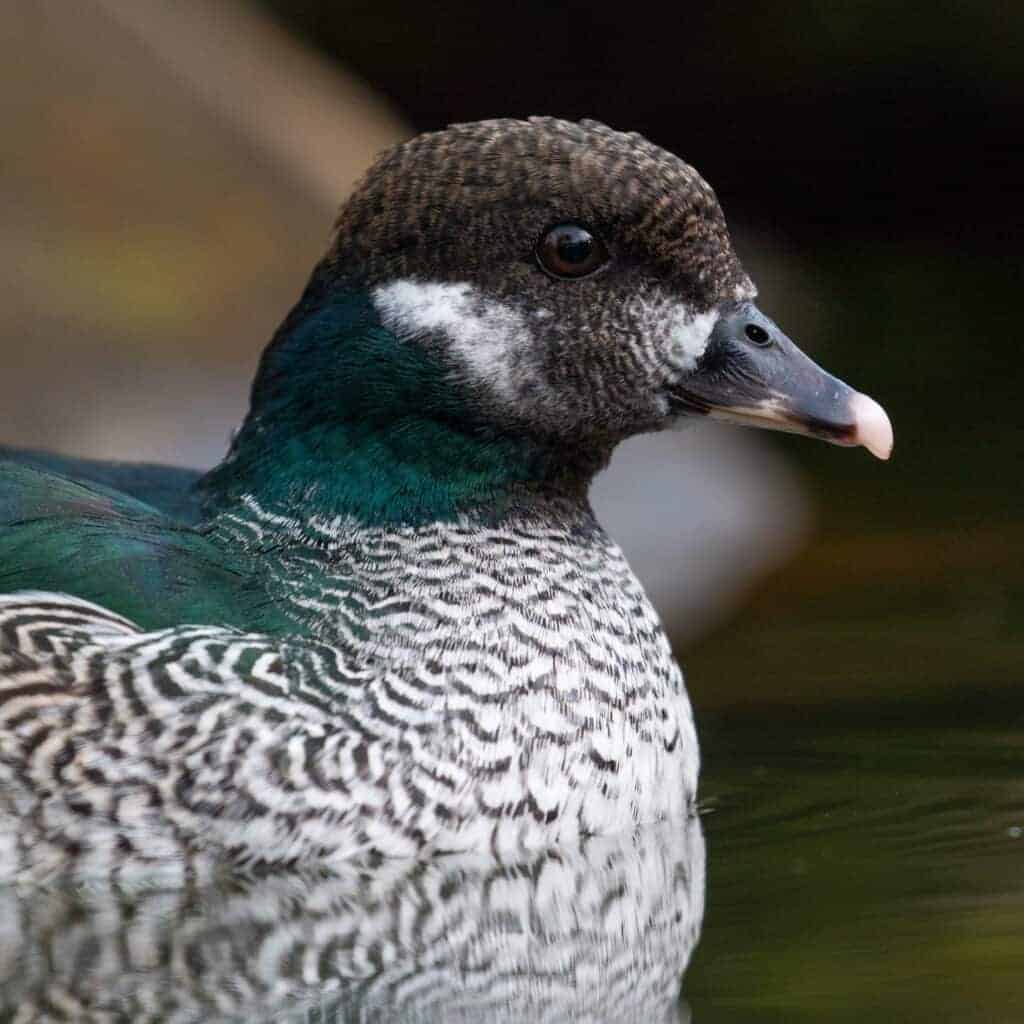
Green Pygmy Goose British Waterfowl Association
The green pygmy goose ( Nettapus pulchellus ) is a small perching duck which breeds in southern New Guinea and northern Australia. Te Terrestrial Co Congregatory So Social No Not a migrant G starts with Appearance Ranging from 30 to 36 cm (12 to 14 in) in length, the green pygmy goose is one of the smallest species of duck.